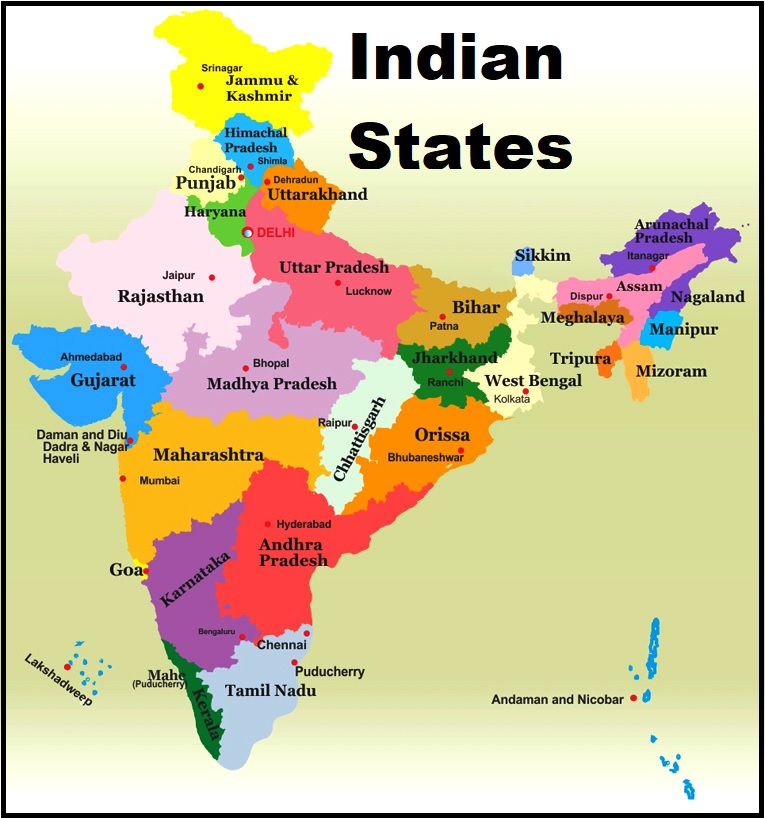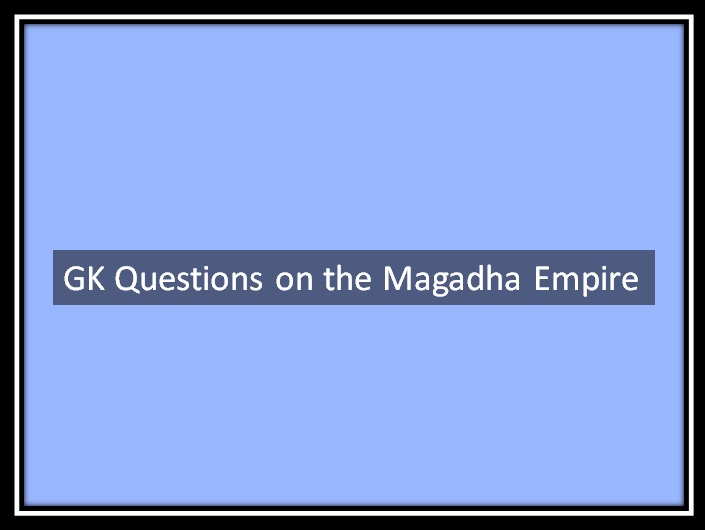Types of Writs in India: Writs in Indian Constitution, Supreme Court and High Court Writs, Who can File a Writ

Our country India is a true democracy. It provides a right to constitutional remedies to every citizen. To make the judiciary more effective, Indian constitution provides many powers to Supreme Court and high court. One of the most crucial powers that the constitution of India provides to supreme and high courts of India is right to issue writs.
In simple words, we can say that a writ is a command of the court that can make a person or authority work in a certain way or abstain a person or authority from working in a certain way. There are multiple types of Writs in India that courts can issue. We will discuss all of them in this post. Here, we will let you know about all types of writs that come under the original jurisdiction of the Supreme Court and the high court.
Type of Writs in Indian Constitution
Writs in the Indian Constitution are borrowed from English law where they are known as ‘Prerogative writs’. In India, the Supreme Court is known as the defender of fundamental rights of every citizen. That’s why the constitution provides power to the Supreme Court to issue writs to defend fundamental rights. Apart from the Supreme Court, high court can also issue writs. Let’s see what the constitution of India says.
- Under Article 32 of the Constitution, it is stated that if any fundamental right of a citizen is violated then that person can approach the Supreme Court directly. The Supreme Court can then issue a writ for the enforcement of that person’s fundamental right.
- Article 226 of the constitution provides powers to the high court to issue writs. Please note that a person can approach the Supreme Court direct only if his fundamental right is violated. To get a writ issued for other matters in which the fundamental rights are not violated the citizens have the right to approach the high court.
What are the Types of Writs in India?
There are five types of writs that courts can issue in India. These writs are crucial for the protection of the rights of Indian citizens. The five types of writs are as follows.
- Habeas Corpus
- Mandamus
- Prohibition
- Certiorari
- Quo-Warranto
Students preparing for examinations like UPSC Prelims, UPSC Main, CLAT, etc. should go through these writs one by one and try to understand their concepts.
Habeas Corpus
Habeas Corpus is the most important constitutional remedy for the person detained. The word “Habeas Corpus” means “to have the body”. By this writ, court instructs the authority to present the detained person to the court. At the same time, the court demands the authorities to provide the grounds on which the person is detained. If authorities fail to provide valid grounds to detain a person then the person will be released by the court with immediate effects.
Example – If a person named Ashok is wrongfully detained by the police then Ashok can write to the high court regarding the same. The high court will summon police with Ashok and ask the ground on Ashok is detained. If the police fail to provide a valid ground or justification then Ashok will be free.
Who can file this writ – Usually, the person who is detained or his family members file this writ. However, a stranger can also file this writ if it is in the public interest.
Mandamus
In the writ of Mandamus, a superior court can command an inferior court/ government organization/ public officials to act in a certain way or abstain from an act. Apart from the lower court, the order can also be given to different government offices, tribunals, boards, corporations, etc.
One important thing that you should note about Mandamus writ is that it cannot be issued against a private person. Therefore, only the state or a person who holds any position at a public office is compelled by this writ.
Example – Ashok is a public servant who has a duty towards Sumit by not fulfilling the same. Sumit approaches the high court for Mandamus. If the court is satisfied with the argument of Sumit then it can issue a Mandamus writ demanding Ashok to fulfill his duty towards Sumit.
Who can file Mandamus writ – A person whose rights are violated by a public authority can file this writ. However, a third person can apply for issuing Mandamus writ on behalf of other people’s behalf.
You cannot file this writ in the following cases – Against a private individual or firm/ To enforce departmental instruction that does not possess statutory force/ To enforce a contractual obligation/ To order someone to work when the kind of work is discretionary and not mandatory/ against the President of India or State Governors/ Against the Chief Justice of a High Court acting in a judicial capacity.
Prohibition
Prohibition writ is an extraordinary constitutional remedy that allows Supreme Court to stop an inferior court or tribunal from deciding a case because these courts don’t have jurisdiction. In case the court or tribunals doesn’t have jurisdiction still decide the case then it will be an invalid judgment. Please note that this writ is issued only if an inferior court or tribunal has overstepped its jurisdiction.
You cannot file this writ in the following cases – Against judicial and quasi-judicial authorities/ against administrative authorities, legislative bodies and private individuals or bodies.
Certiorari
The exact meaning of Certiorari is “To be informed” or “To be certified”. With this writ, a higher court or tribunal can instruct a lower court or tribunal to either transfer a pending case to them or quash their order in a case. The ground of issuing this writ is excess of jurisdiction or lack of jurisdiction or error of law. As per many law experts, this writ is instrumental in curing the mistakes in the judiciary.
Before 1991, the Certiorari can be issued only against judicial and quasi-judicial authorities. Administrative authorities were free from Certiorari.
After 1991, the Supreme Court ruled that Certiorari Writ can also be issued against Administrative authorities that affect the rights of individuals.
Example – In a state, the district court has no jurisdiction still tries to deliver a decision then the aggrieved party can make an application for Certiorari writ in the high court. Hereby, the high court will issue a Writ of Certiorari on the order of the District Court. So, the decision of the district court will be quashed.
You cannot file this writ in the following cases – Against legislative bodies and private individuals or bodies.
Check: Chief justice of India
Quo-Warranto
The literal meaning of Quo-Warranto is “By what authority”. The writ of Quo – Warranto is issued by the Supreme Court or High Court against the illegal usurpation of a public office by a person. In simple words, you can say that this writ is issued by a court against a private person if he assumes an office on which he has no right.
Example – Ashok is a private with no authority or qualification for the post of District Magistrate. If he assumes the office of DM then a Quo-Warranto writ can be issued by Ashok. This writ will ask Ashok on what authority he has taken the office of a district magistrate.
Please note that this is issued only if the wrongly assumed office is a public office.
Frequently Asked Question
Question – 1: Can a citizen approach the Supreme Court directly to request a writ?
Answer: Yes, but only if it is a matter of the violation of fundamental rights. For all other cases, citizens need to approach the high court.
Question – 2: Which writ is known as the defender of fundamental rights?
Answer: The writ of Habeas Corpus is called the defender of fundamental rights.
Question – 3: Which article in the Indian constitution gives a right to the High court to issue writ?
Answer: The Article 226 of the Constitution provides powers to the high court to issue writs.
Question – 4: Which article in the Indian constitution gives a right to the supreme court?
Answer: The article 32 of Indian constitution provides powers to the supreme court to issue writs.
Question – 5: How do writs of Supreme Court differ from that of the High Court?
Answer: The difference between writs issued by the Supreme Court and High Court are as follows.
| Supreme Court Writs | High Court Writs |
| Writs are issued only to enforce fundamental rights of a citizen | Write are issued not only to enforce fundamental rights of a citizen but also for other purposes. |
| Writs are issued against a person or government in India | Writs are issued against a person or government in territorial jurisdiction as well as outside its territorial jurisdiction only if the cause of action arises within its territorial jurisdiction |
| In most of the cases, Supreme court doesn’t refuse to use its rights to issue the writs | High court may refuse to use its rights to issue writs |




